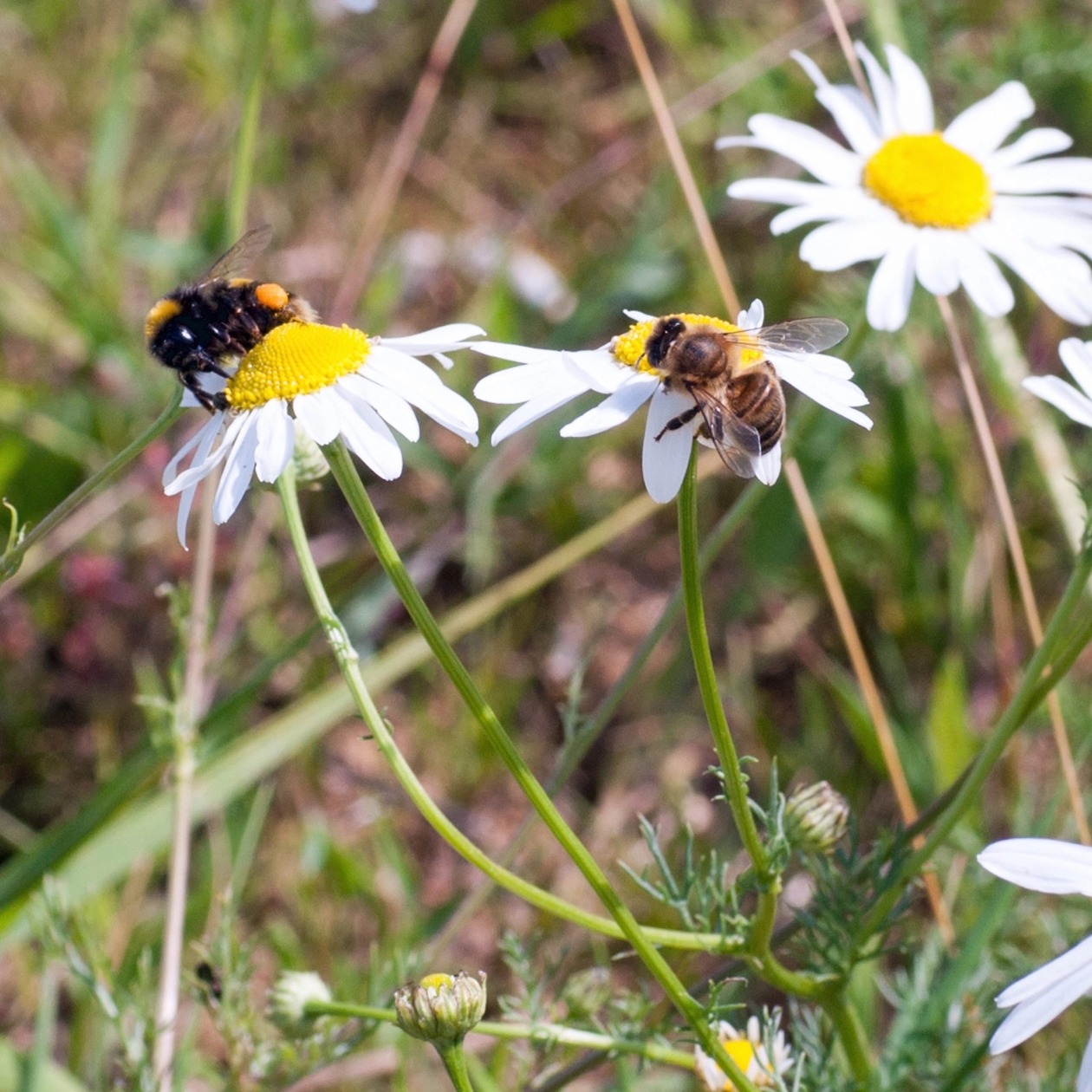Solar Parks – clean energy & biodiversity gains: Q&A with Lancaster University
Low Carbon is proud to be industry collaborator of the Energy and Environment research team at Lancaster University. We are a CASE partner for a current Natural Environment Research Council (NERC) ENVISION PhD project and have an application pending for a second. The ENVISION Doctoral training programme is focused on developing next generation leaders in environmental science and the Lancaster team is working on a range of renewable energy – ecosystem projects. A key output to date is the new Solar Park Impacts on Ecosystem Services (SPIES) tool, a collaboration with the University of York, that informs solar park management for ecosystem services (https://www.lowcarbon.com/blog/the-green-recovery-and-the-biodiversity-crisis/).
In addition to encouraging all Low Carbon solar park ecologists to use the SPIES tool (www.lancaster.ac.uk/spies) to help ensure optimal site management, Low Carbon is a passionate supporter of innovation to deliver not only clean energy but also ecosystem benefits. Consequently, research and innovation collaboration with Lancaster University is critical to inform the management of our assets for environmental gains. We are also proud to play our part in building the UK’s reputation as a global leader in solar park deployment while stimulating new business and investment opportunities for the sector.
We speak to Dr Alona Armstrong, Lead of the Energy and Environment Team, Senior Lecturer, Deputy Director of Energy Lancaster, and a NERC Industrial Innovation Fellow, Lancaster University and Hollie Blaydes, ENVISION PhD student, Lancaster University on the inspiration behind their research and what they hope to achieve.
What was the inspiration behind the research?
Alona: Land use change is the biggest driver of the decline in nature. Solar parks provide scope to embed environmental benefits, so our work is very much about raising awareness of what works and what doesn’t to enhance biodiversity and promote net environmental gain. One interesting and potentially quite fruitful aspect is the implications for pollinators – this is the topic of Hollie’s PhD.
Hollie: Pollinators and the potential role of renewables is very up and coming and I was keen to pursue a positive project which could deliver real benefits as part of my PhD. My background is in ecology and I previously worked with butterflies, so this research project felt like the natural next step.
What do you hope to achieve?
Hollie: Essentially the goal of my research is to explore the potential for solar parks to support pollinators and five key areas have been identified so far:
- Solar parks can boost pollinator food sources, such as flowering plants.
- Resources that pollinators use in reproduction can be provided on solar parks, such as nesting sites or particular plant species.
- Pollinator-friendly management regimes can be adopted on solar parks, which might include relaxing use of any chemicals and letting some areas grow a bit wild.
- Thinking about the bigger picture, solar parks can increase the amount of semi-natural habitat in the landscape if managed with pollinators in mind and could help to connect fragmented habitat.
- Solar park infrastructure and natural habitat create cooler shaded areas within solar parks, offering pollinators climatic refuge in the face of climate warming.
What next?
Hollie: I’ve been carrying out GIS and modelling work to explore how solar park size, shape, management and the surrounding landscape can impact pollinators. Research often focuses inside the solar park, but in this study, I’m also investigating if optimal solar park design and management can lead to benefits beyond the site boundary. I’m hoping to have some results to share soon!
Alona: Whilst the SPIES tool is up and running, we are working with partners such as Low Carbon, industry bodies such as the STA, and local planners to embed the SPIES tool in best practice. The ultimate aim is to help ensure that solar parks across the UK are optimally managed to maximise ecosystem services and natural capital.
Given the global demand for solar parks and the growing awareness of the importance of our natural environment, solar energy-ecosystem research has the potential to inform decisions to address both the climate and ecological emergencies. Consequently, we are continually seeking opportunities to further understanding and prompt innovations to ensure solar parks deliver as much benefit for nature as possible.

